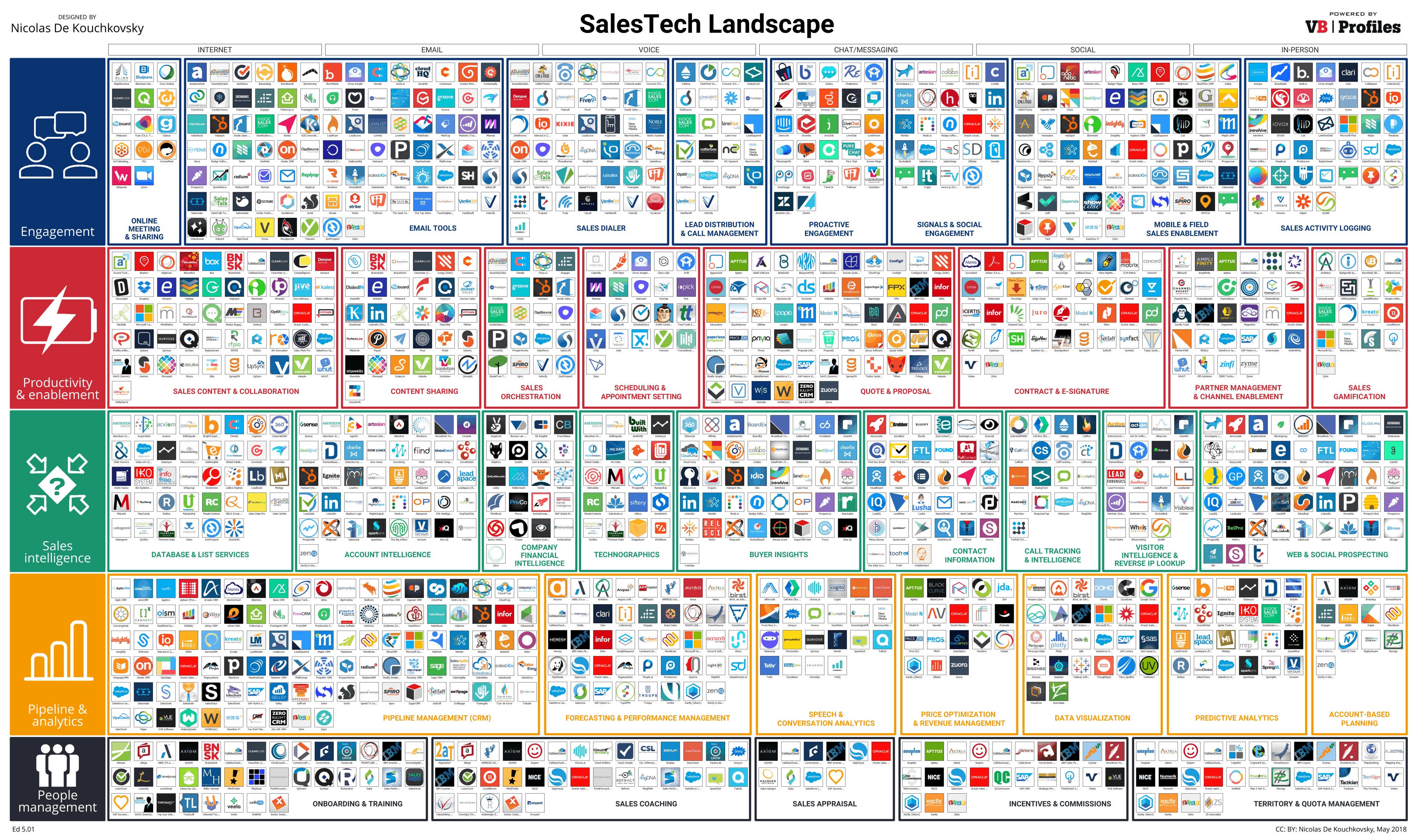
The advent of “x-tech”
We have heard a lot about many technological revolutions over the last years in many areas. For a long time, the word “fintech“ has been repeated in the financial sector. Afterwards, the “insurtech“ revolution appeared in the insurance sector. And more recently we have started reading about “legaltech“, which is the use of technology in the legal sector.
However, there are a lot of them. The advent of the digitalization is changing many sectors and they have been named with the first letters of their names and the suffix “-tech”, like “proptech” (property + technology), “femtech” (female + technology), or “edtech” (education + technology).
Evidence shows a clear upward trend of these sectors. According to Finnovating consulting, “Spanish x-tech sectors increased by 67% in 2018“, where “proptech” is leading the growth in new initiatives.
During the last years, new ways of offering existing or brand-new services have emerged, but all of them are subject to the new possibilities provided by the new technologies. So this situation has radically changed these sectors.
B2B sales digitalization
In every sector, the aim of every company is to sell their products. And this goal cannot be achieved, for logical reasons, without embracing the digitalization and the possibilities that the technological revolution has to offer.
In the area of B2C, e-commerce has changed the traditional business model by avoiding intermediaries and breaking down temporary and geographical barriers (it is possible to buy products around the globe all the time). However, this change in B2B has not been that dramatic.
For example, we might think that CRM systems are widely used, but after evaluating the data we find that only 35% of companies with up to 49 employees use a CRM. The figures rise to 51% in companies from 50 to 249 employees and 60% of the companies use CRM systems with more than 250 employees.
B2B commerce has always been defined by the roles involved: the representative, the seller, and their personal relationships with the customers. Technology is changing the traditional B2B model, just like it has changed the other sectors.
As McKinsey states in one of this interesting collection of articles, it no longer matters “who”, now importance lies in “when”. During the purchase process, the customers are interacting with companies through different channels. The representatives are no longer taking the first steps to contact customers by calling or visiting them. Now customers decide when and how they want to contact. Sales success mostly depend on the ability of the sellers to keep coherence and offer a “personal touch” in the contact procedure.
Salestech universe
At this point, we realize that the salestech universe has slowly emerged, which consists of all the digital tools involved in sales process. This interesting article written by Nicolas de Kouchkovsky (Twitter: @nicolask3) offers a graphic with 830 salestech providers, divided into two parts. The first part is focused on the purpose of the solution, which is classified according to customers, productivity and training, business intelligence, sales process, and personal analysis and management. The second part deals with the channel used to offer the solution: Internet, e-mail, voice, chat, social media, and face-to-face communication.

At first sight we can notice that there are well-established areas because of the wide range of providers, such as CRM or e-mail management tools; others are more recent and can offer many opportunities, such as sales gamification in the productivity area.
The previous classification inspired G2 team, although without specific company names, to publish a graphic with the structure of the salestech universe for 2019.

On the right side of the image you can find the people or the departments that use specific tools. However, according to the authors of the article, the interactions between tools and roles are an approximation because these tools can be used by different people with different roles.
Finally, we cannot forget to mention the classification made by Nancy Nardin (Twitter: @sellingtools). In this graphic tools are divided by the purpose: who to sell and why, how to engage and when, why they should buy and from you, what to do to close, how to up/cross-sell and renew, and how to manage your sales team.
We have come to the conclusion that salestech universe is complex and it is still growing, with numerous interconnected and interdependent procedures which require a defined strategy to be integrated in the day-to-day of sales teams.
Playmotiv: a salestech tool
Now we know that the salestech universe is very complex, but what is the place of Playmotiv? We design tools to improve sales. There is no doubt that we are (and we want to be) part of the salestech revolution. And what is the role of Playmotiv in this revolution?
Regarding salestech universe, we focus on:
- Sales gamification: we have developed a platform in order to motivate commercial teams through gamification.
- Sales training: we can include instructive content directly related to specific business in our gamification platform.
- Data analysis: we provide a dashboard where it is possible to observe the use of the platform by the users, this way we obtain insights about teams and sales procedures.
And we do all this keeping in mind the interoperability with other tools. Sales procedures are more likely to be successful if they are compact and clear, and the employed tools are interconnected. This is the reason why we consider Playmotiv as an essential piece of the complex sales puzzle.
If you want to know the results that our clients have obtained, please check “Successful gamification campaigns developed by Playmotiv: Mars“

